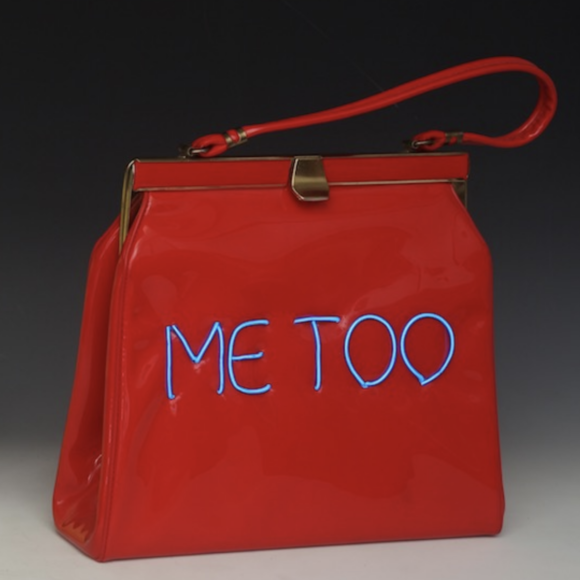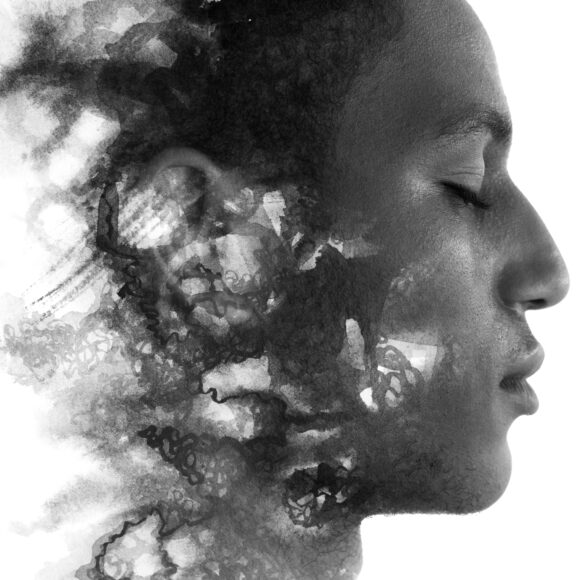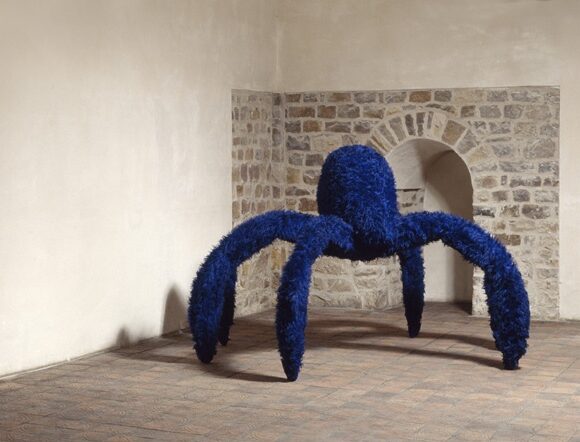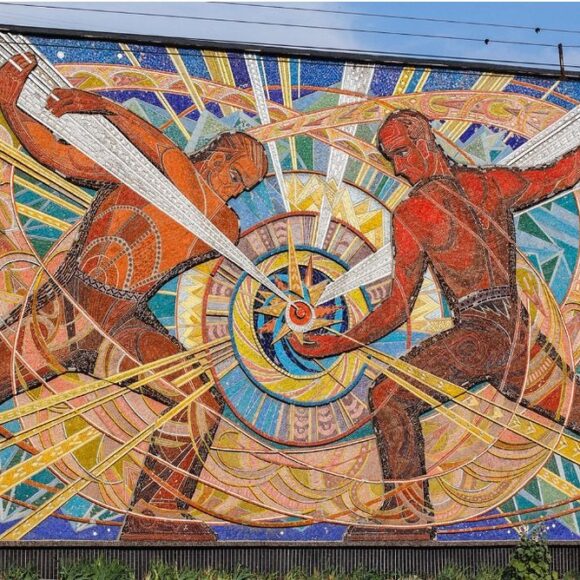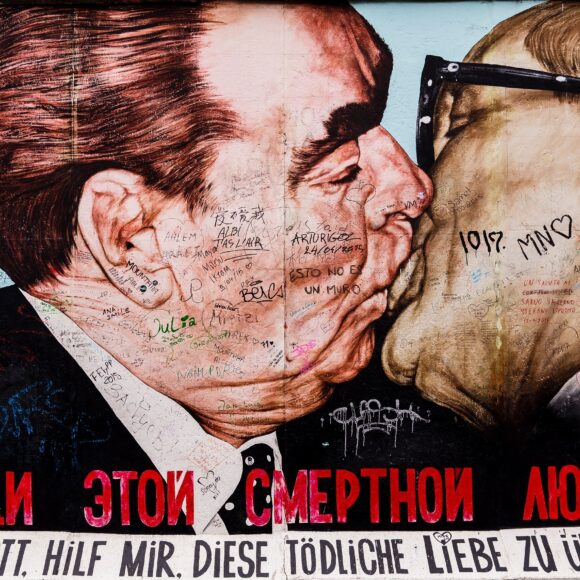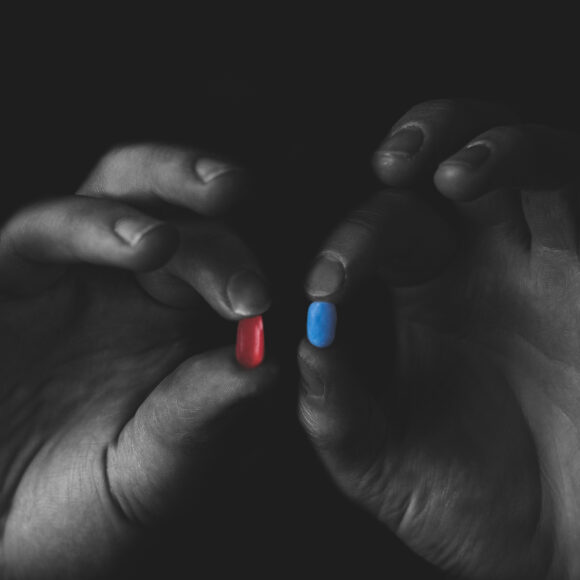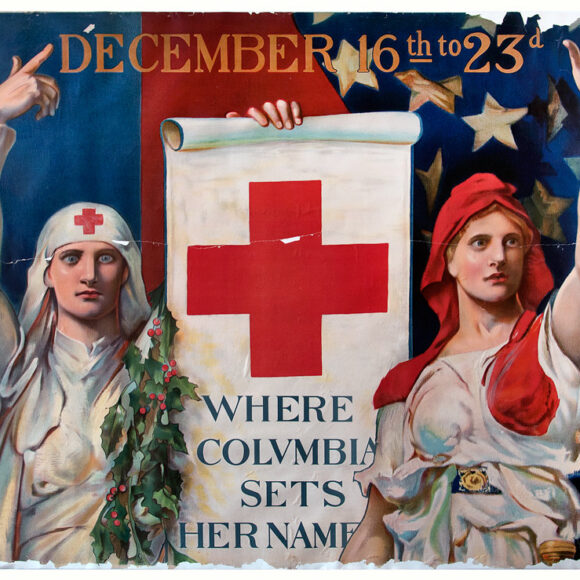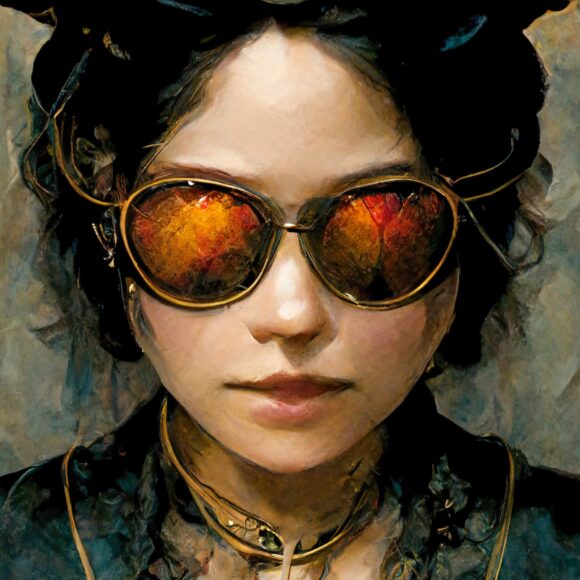In the tumultuous aftermath of World War I, a radical artistic movement emerged that would forever change the landscape of modern art - Dadaism.
Category: Politics
The #MeToo Movement: Empowering Women
The #MeToo movement, which gained global prominence in 2017, has emerged as a powerful force in addressing issues related to women's status and perception, sexual harassment, and gender inequality. This movement, primarily driven by social media, has brought to light the pervasive nature of harassment, amplified the voices of survivors, and initiated a conversation about the urgent need for societal change.
The African Generational Trauma
In recent years, artists have emerged as powerful agents of healing, empowerment, and social change, using their craft to address the generational trauma experienced by African communities. Their creative expressions challenge dominant narratives and provide spaces for dialogue and reflection.
Arte Povera and its timeless cultural importance
Arte Povera is an artistic movement that emerged in Italy in the late 1960s. The official definition of "Arte Povera" is "poor art" and reflects the movement's emphasis on using ordinary and humble materials in artistic creations. Arte Povera reacted to the materialism and consumer culture that characterised the post-war era.
Aspects of Art Under Totalitarian Regimes
Art has been used as a tool for political propaganda that promoted ideas with negative repercussions in the long term. In its turn, politics can also provide inspiration for artistic expression. It is known the fact that artists have used their works to comment on social issues, advocate for justice, and even critique political systems or their commissioners. Italian Fascism, Russian Sovietism, and German Nazism are typical examples of totalitarian regimes which turned art into their favourite mass manipulation tool.
Urban art – vandalism or artwork?
The question ” Is graffiti vandalism or art?” arises in societies across the globe. To their creators, graffiti is an expression of creativity, of personal identity, of being part of some sort of underground culture. So what is it?
The good old fake realities around us
Fake reports, fake images, fake advertisements, fake campaigns, fake personas, and fake lives. Each of us is exposed daily to information whose content is not being verified and approved by an authority.
How Political Myth Changes Mythology
History shifted from monarchies where kings and queens were seduced by a sweet dream of overpassing their ancestors' legacy to modern politics which addresses mythology to manipulate the beliefs and opinions of the masses. Many historical studies analyse how myths from being a positive presence in our lives switched to a political mass propaganda tool.
Underground yesterday and Underground tomorrow
Underground culture linked under the same umbrella artists, philosophers, writers, or journalists who rebelled against the mainstream views to promote their own ideas. Their alternative approach towards the social norms differentiated them from the rest of the crowd and, for many of them, meant attracting loyal followers under the name of secret movements or spirit.
Architecture, a tool for human segregation
In the last 50 years, scholars preoccupied with the issue of segregation have investigated in depth major factors that lead to people’s separation. New interpretations of how humans use architecture and urban construction tactics have shifted. Architecture intends to create for people an organized place to live but also succeeds in establishing limits with a powerful psychological impact.
- 1
- 2


